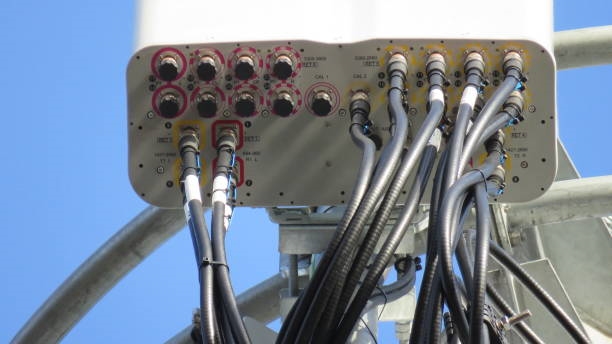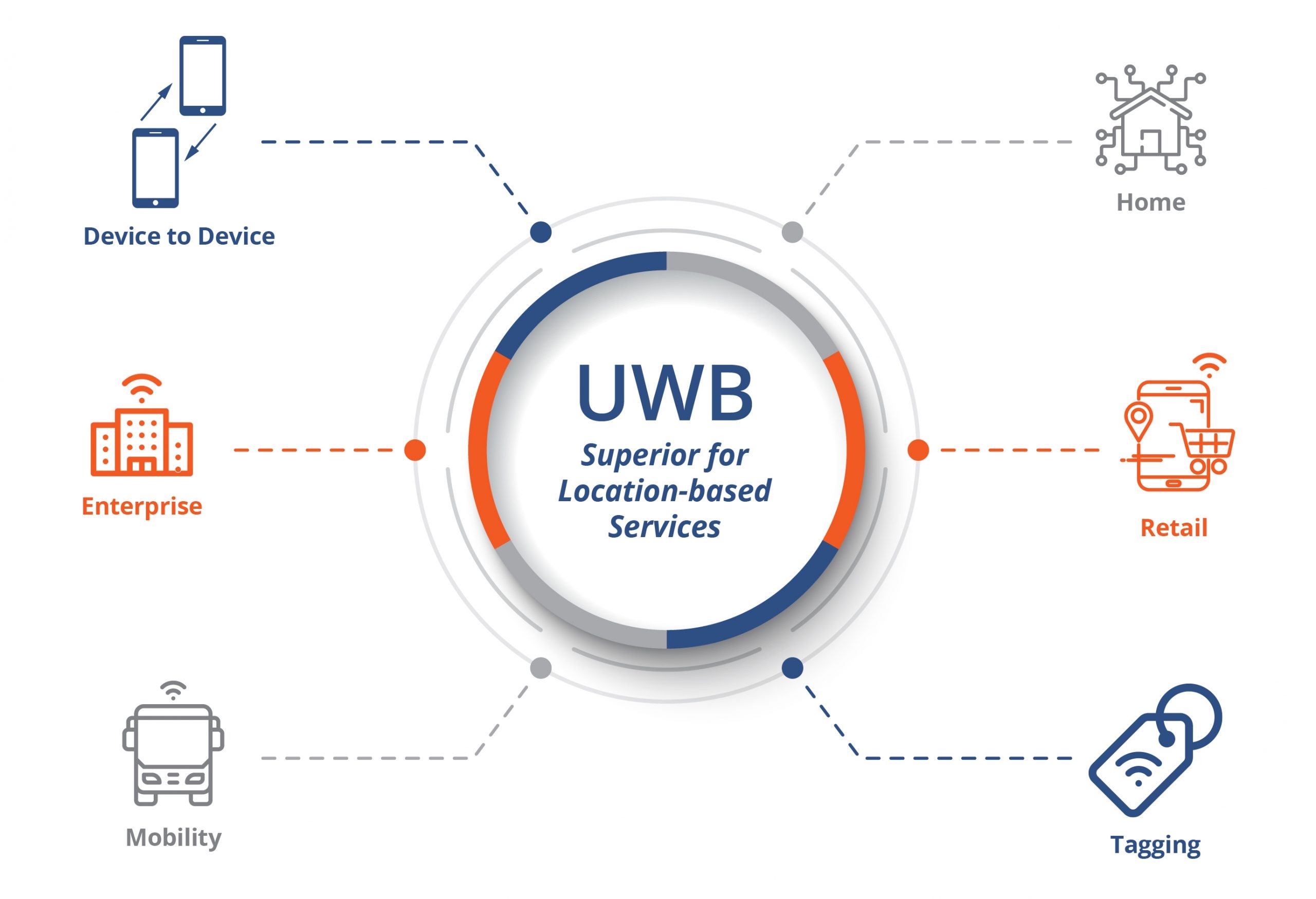Why modulation is needed
Baseband signals typically have lowpass characteristics (frequencies below a cutoff pass; frequencies above the cutoff are attenuated). Most channels, however, behave as bandpass systems (they pass frequency components within a certain range and attenuate others). Because the signal and channel characteristics do not match, modulation is used to adapt the signal to the channel.
Definition of modulation
Modulation: mapping a message signal onto a parameter of a carrier signal.
Carrier: a high-frequency periodic oscillation such as a sine wave. The modulated carrier is called the modulated signal and contains features of the message signal. Demodulation is the inverse process: recovering the message from the modulated signal.
Purposes of modulation
- Spectrum translation to match channel characteristics and reduce antenna size; enable multiplexing to improve channel utilization;
- Improve system performance (effectiveness, reliability); facilitate frequency allocation.
Signals involved in the modulation process
The modulation process involves three types of signals.
Common linear modulation methods
-
Amplitude modulation (AM)
Amplitude modulation maps variations of the message signal to the amplitude of the carrier. The modulated signal has a carrier whose amplitude varies according to the message. Typical applications include AM broadcast radio, certain wavelet-based schemes, and some sensing systems.
-
Frequency modulation (FM)
Frequency modulation maps variations of the message signal to the frequency of the carrier. The resulting signal has a carrier whose instantaneous frequency varies with the message. Typical applications include FM broadcast radio, satellite links, and wireless multimedia transmission.
-
Phase shift keying (PSK)
Phase shift keying maps discrete values of the message to discrete phase shifts of the carrier. Common PSK schemes include binary phase shift keying (BPSK), quadrature phase shift keying (QPSK), and 8PSK. PSK is widely used in digital communications, Wi?Fi, and satellite communications.
-
Quadrature amplitude modulation (QAM)
Quadrature amplitude modulation maps the message to both amplitude and phase of the carrier. By combining different amplitude and phase states, QAM can encode multiple bits per symbol. Common QAM constellations include 16QAM, 64QAM, and 256QAM. QAM is widely used in modern digital systems such as wired and wireless communication and digital television.
Linear vs. nonlinear modulation
Linear modulation and nonlinear modulation are two approaches for converting a message into a modulated signal.
Linear modulation: based on linear relationships where the message influences the carrier's amplitude, frequency, or phase in a linear manner. In linear modulation, the modulated signal spectrum contains components related to both the message and the carrier. Common linear methods include amplitude modulation (AM), frequency modulation (FM), and phase shift keying (PSK). Linear modulation typically offers high transmission reliability and good immunity to interference, though spectral efficiency may be lower.
Nonlinear modulation: based on nonlinear mappings between the message and the carrier. In nonlinear modulation, message variations affect the modulated signal's spectrum and may also alter its amplitude and phase in nonlinear ways. Examples include AM-AM and AM-PM nonlinear effects; some schemes described as nonlinear include vestigial sideband modulation (VSB) and certain high-order constellations when implemented with nonlinear components. Nonlinear modulation can offer higher spectral efficiency but imposes stricter requirements on system design and interference handling.
Choosing between linear and nonlinear modulation depends on system requirements, application scenarios, and design goals. Considerations include signal characteristics, transmission distance, channel conditions, and performance targets.
 ALLPCB
ALLPCB







